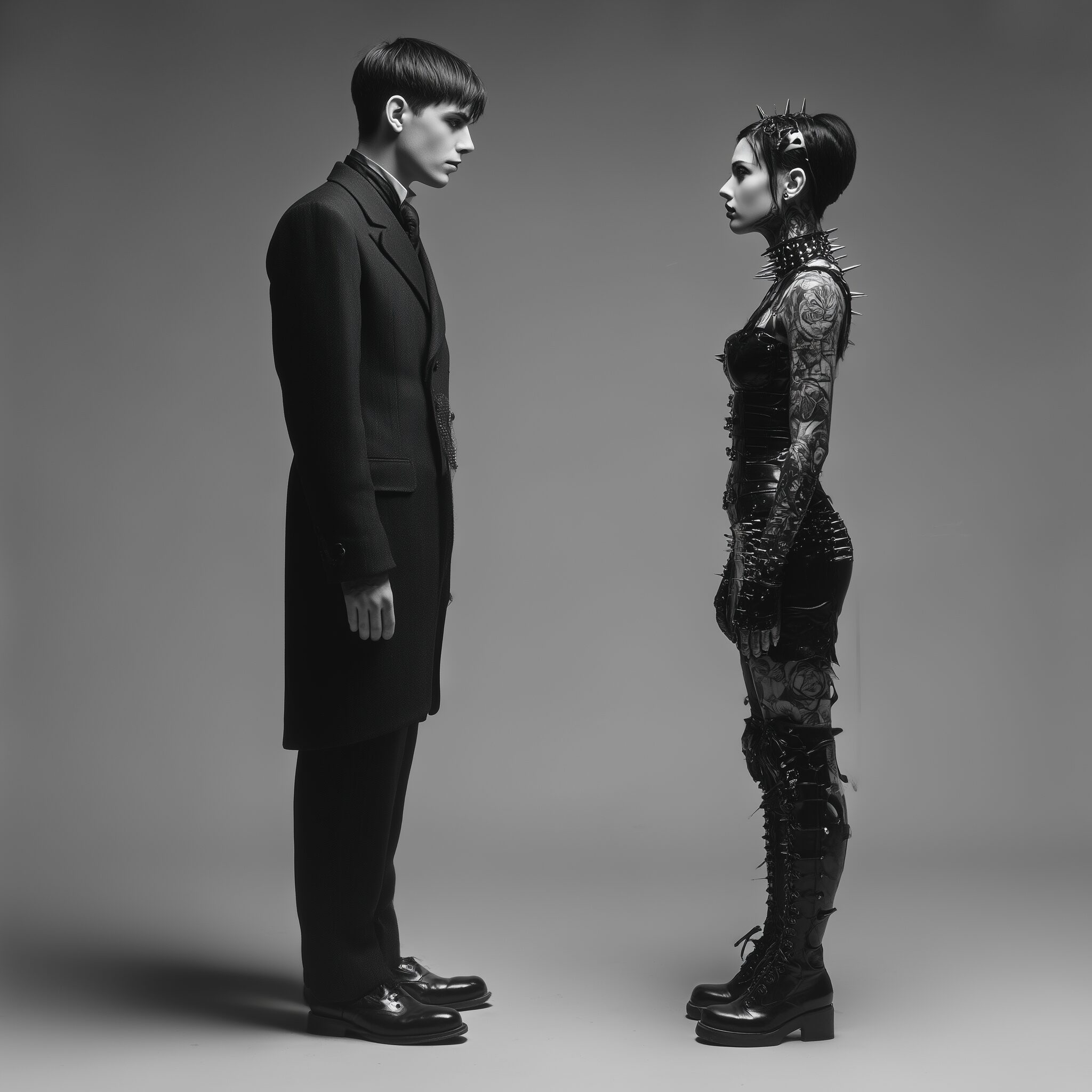From time to time, society turns to the past to draw new impulses from it. This occurs because, at certain moments, the present no longer provides inspiration or meaningful prospects for the future. When the contemporary world appears stagnant or saturated, we return to what has already proven to hold vigor and significance.
Such movements arise periodically. The avant-garde often reaches a point of saturation: its creative energy begins to wear thin, and the dominant aesthetic starts to feel excessive or even destructive. While this does not necessarily lead to “social collapse,” there is a threshold of cultural rupture beyond which cycles of revisitation and renewal emerge.
These revivals are sometimes dismissed by the intellectual elite as mere “nostalgia.” Yet they are not simply nostalgic; rather, they represent efforts to rebuild upon foundations that once proved fruitful, now reshaped with new techniques and contexts. Such movements act as attempts to recalibrate the sensibility of an age and tend to spread most visibly through the arts. The Renaissance, Classicism, Romanticism, and others were each driven by reflection on the paths already taken and by the search for both aesthetic and existential adjustment.
Before the internet, these processes unfolded slowly, often taking decades to consolidate and disseminate. Today, however, we witness constant micro-revolutions, which appear to be converging toward a larger revision of the Zeitgeist. The past few decades have brought intense disruptions across multiple fields, reflected in a fragmented and chaotic aesthetic landscape. The pursuit of the sublime, once a guiding force in the arts, has to some extent been replaced by a culture of shock. The accelerated flow of information challenges human capacities for assimilation, generating a kind of stress that verges on incompatibility with our nature.
In response, a quieter movement has begun to take shape—one oriented toward simplicity, tranquility, and reconnection with what endures. It manifests in social and intellectual practices that resist both rampant consumerism and rigid ideological demands. Frequently labeled as conservatism, this impulse in fact acquires an avant-garde quality within the current context. Wearied by impositions, many are once again seeking the sublime—through a kind of futuristic revival that combines critiques of technology with a retreat from mass-produced pop culture.
From Amusing Ourselves to Death (Neil Postman, 1985) to Digital Minimalism (Cal Newport, 2019), calls for a more frugal and meaningful life have multiplied. Yet this impulse coexists with opposing forces that invest in the bizarre and the ephemeral. We thus live in tension between utopias and dystopias, both reflected in contemporary aesthetics. The key question is what kind of fruits each tendency will ultimately bear.
In the end, aesthetics divide into two broad orientations: those that seek only the fleeting instant and those that strive for the perennial. Their results, of course, are very different. Over the long term, some currents will endure as transformative, while others will be remembered merely as passing phases—like the Lisztomania of the nineteenth century.
